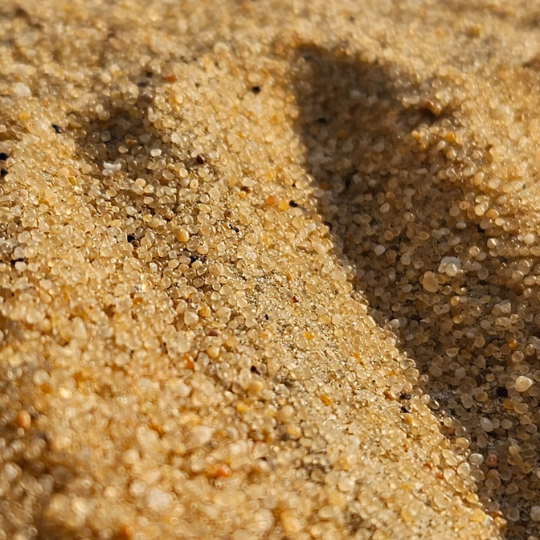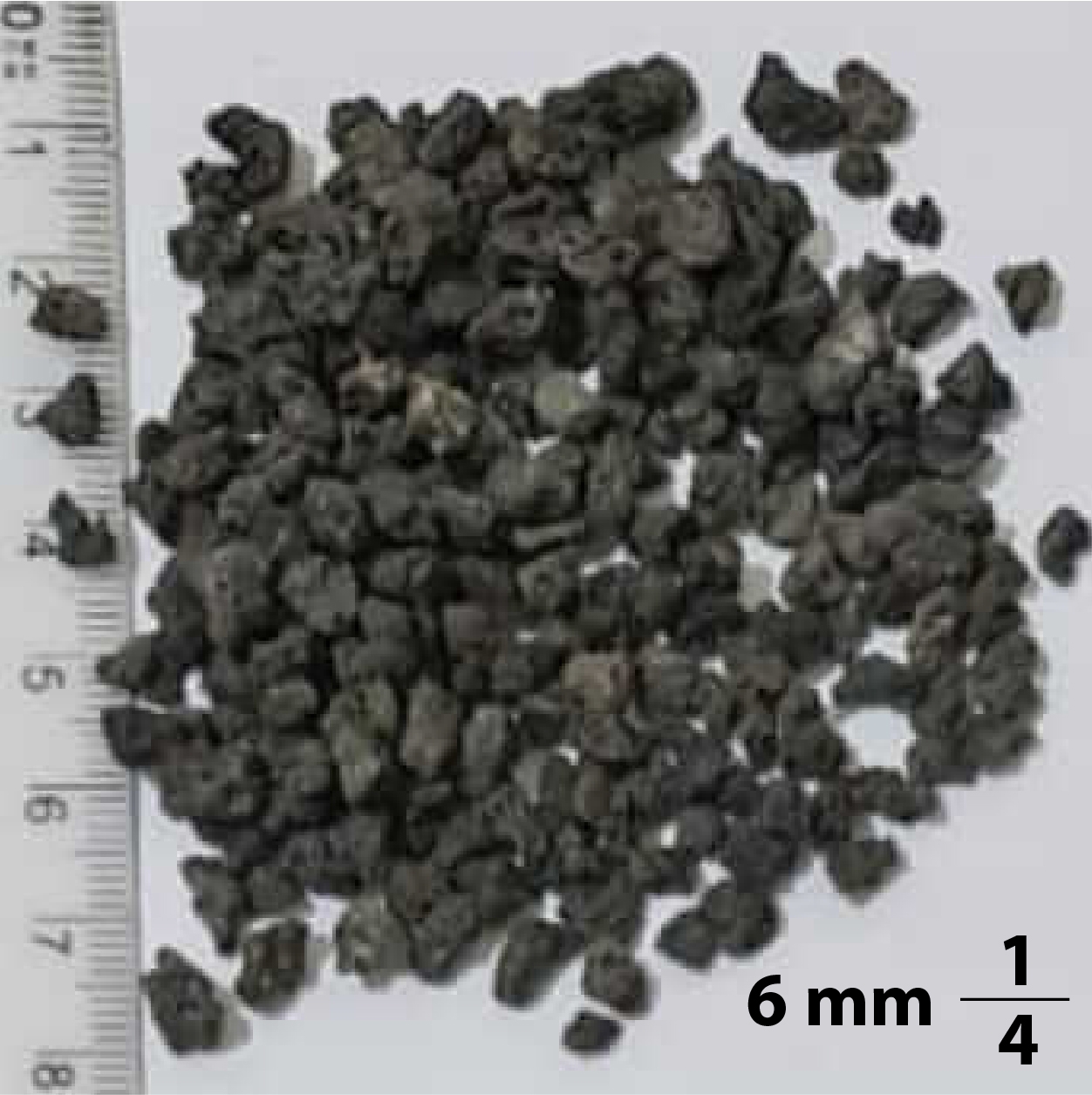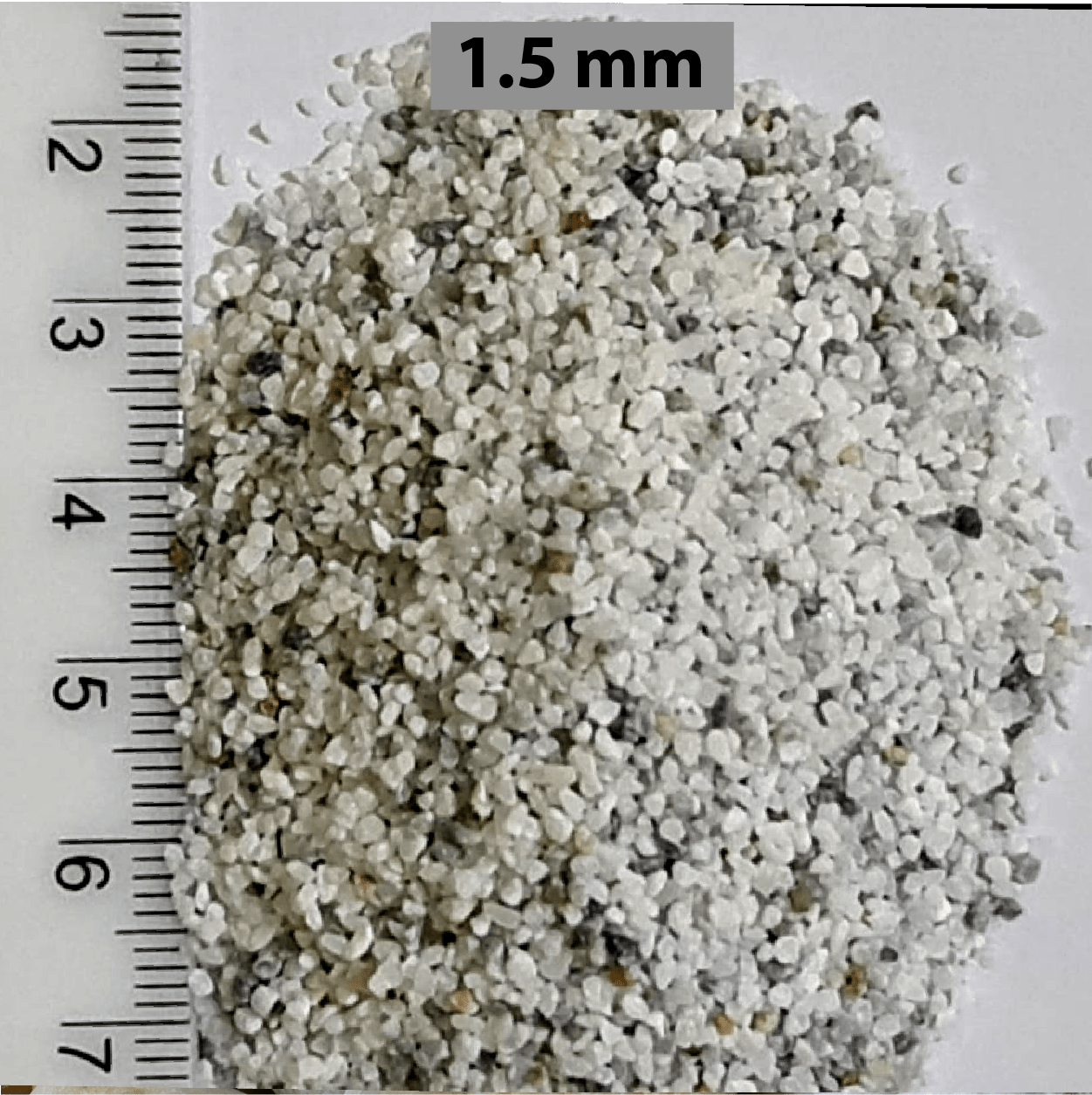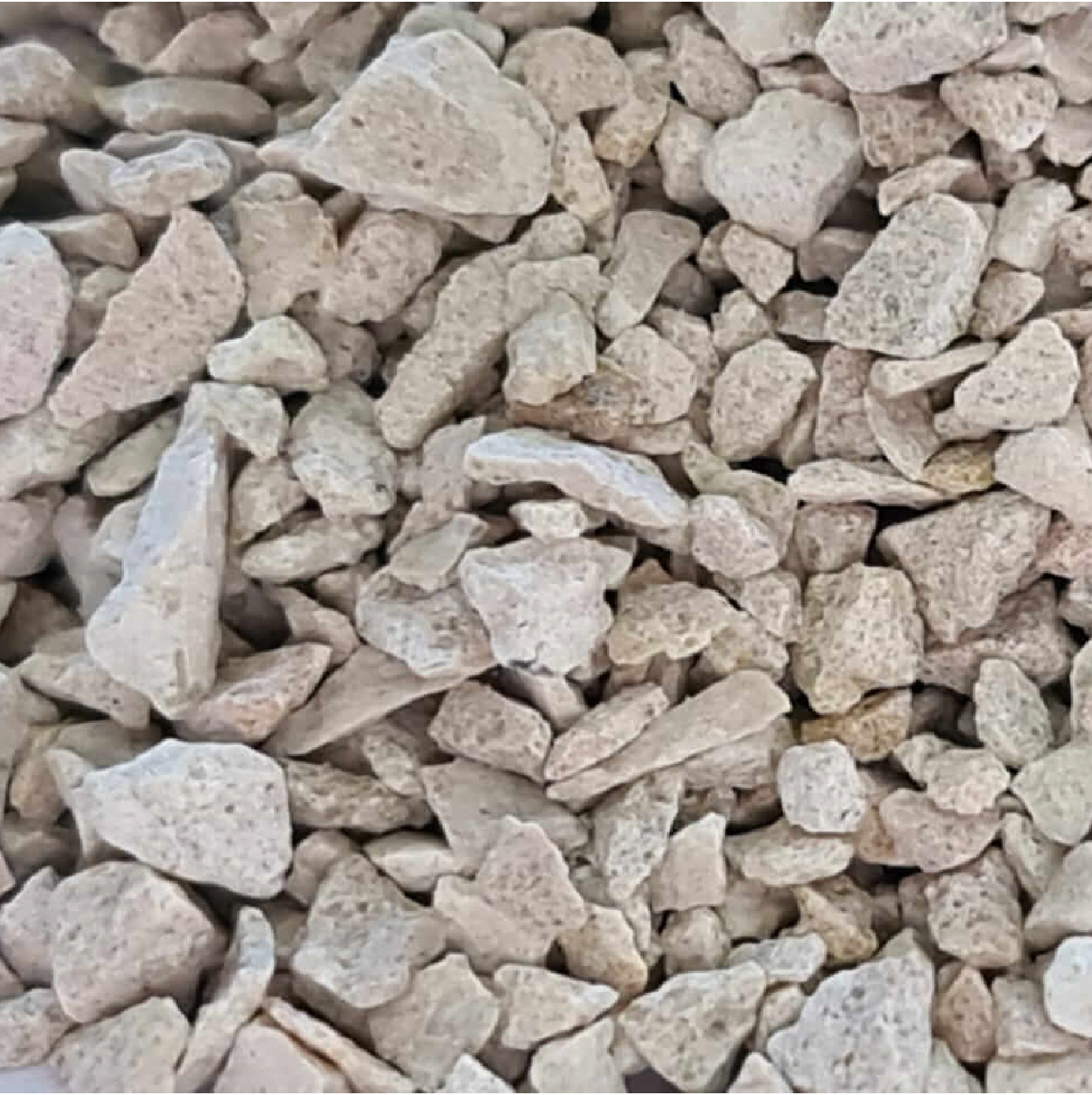Marble Powder Calcium Carbonate is considered the second purest source of calcium carbonate in nature, where the percentage of calcium carbonate reaches 97% CaCo3. After the stage of mining and extracting raw marble from our quarries in the Kingdom, it is crushed in our crushers to get marble chips. Then sorting it from impurities, sifting it, and grinding it to get marble powder called calcium carbonate. It is used in many industries after being sifted and classified in our factories. It can also be used to equalize the pH to reach PH7 in water treatment projects.
It contains more than 19.5% of magnesium oxide and more than 29% of calcium oxide. It is less than 0.3% of silicon oxide, less than 0.7% of alumina oxide, and less than 0.1% of iron oxide, (or less than 0.03 – 0.04% of iron oxide for unpainted glass). Dolomite marble powder is added in sizes from 100-250 microns.
In the coating industry (paints), marble powder calcium carbonate is an essential material, as it forms from 30 – 40% of the paint components and is preferred over calcium carbonate powder due to its crystalline nature. The powder is included in the process of manufacturing paint as a filler to improve some of the paint’s natural properties such as thermal resistance, thermal conductivity, density, controlling viscosity, preventing flow, reducing oil absorption, and increasing hardness, by combining it with particles of colored or adhesive materials to form a cohesive and stable material with a high flow. The granular size of the powder should not exceed 20 microns. Some of the paints used in exterior wall cladding require marble powder in sizes 0.3 to 1.2 mm.
In the plastics industry, marble powder is used as a basic material in the manufacture of many plastic products such as water and drainage pipes, electrical cables, some parts of electrical equipment, some auto parts, children toys, plastic bags, tableware food preservatives and dishes, decorations, and others. It improves the physical properties of the plastic product, it makes it resistant to deformation as it increases its hardness and resistance by increasing the modulus of elasticity. It reduces the thermal expansion coefficient, makes it have a good external appearance and soft touch, and keeps it from sloughing. In addition, it makes it easy to form by increasing its fluidity and dispersion and reducing production costs.










